Simply known as The Bridge since the 2011-2018 Nordic noir for TV, the Öresundsbron connects Denmark and Sweden. Spanning 7,8 kilometres (4.3 miles) it is the second longest combined road/rail bridge in Europe. On the Danish side the bridge flows onto the artificial island of Peberholm and than into a 4-kilometre long tunnel. The entire fixed link is 15.9 kilometres (9.3 miles). It was opened in 1999.
The Inre hamnen seen when one approaches from the sea. The dominating tower building is the Tornhuset, the port authority office from 1910 designed by Harald Boklund in the typical National Romantic style of heavy brick walls and high, steep tiled roofs. Since 2015 it is home to the World Maritime University.

Just behind the bridge on the left hand side the Börshuset. It was never used for trading, but served as the Customs House (Stora Tullhuset) from 1879 to 1979. Today it is an office building.
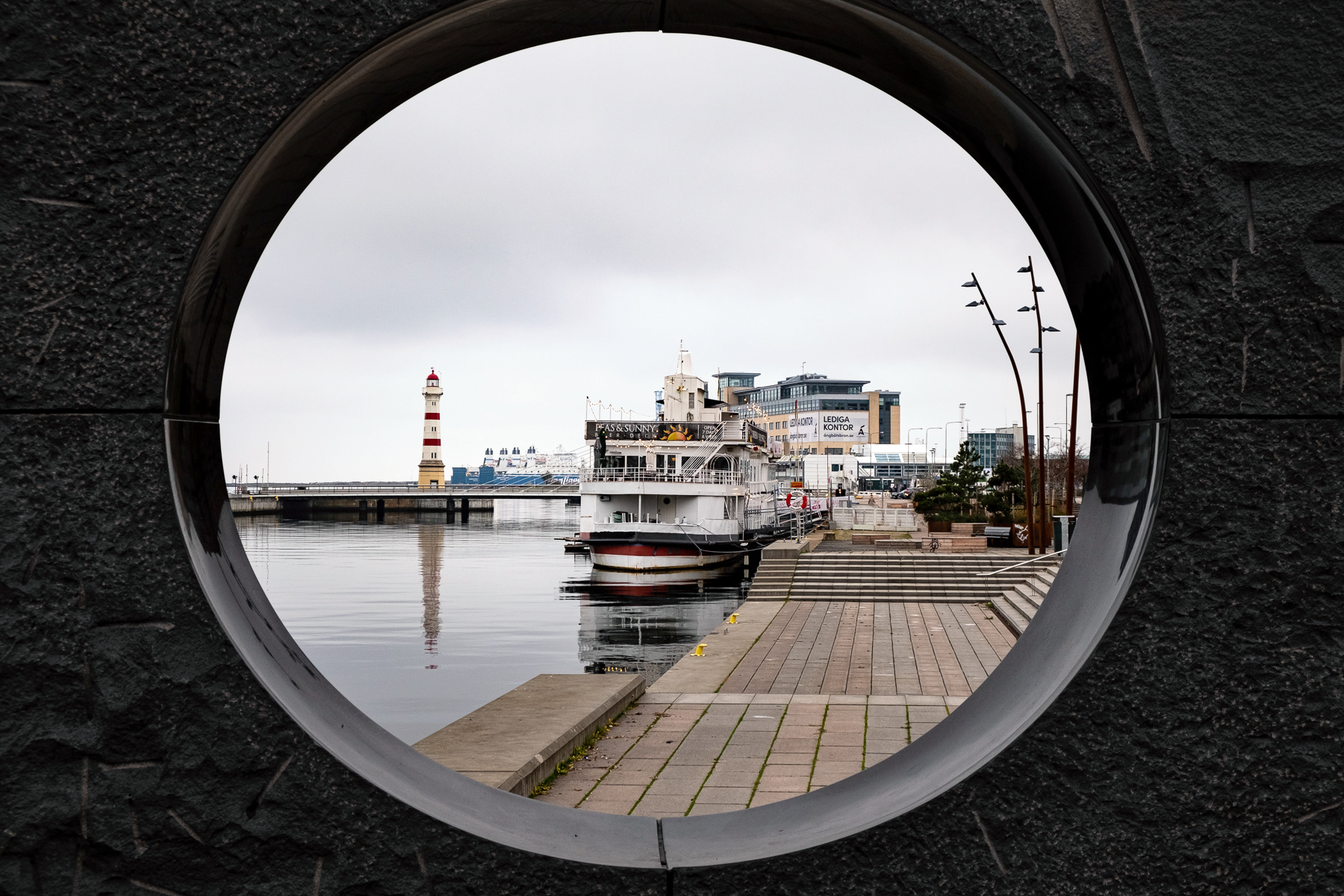
View towards University bridge and the Malmö Inner Lighttower. The latter was built in 1878 but is already a non-functional landmark since 1932.
A quiet moment in the Malmö Centralstation Food Court
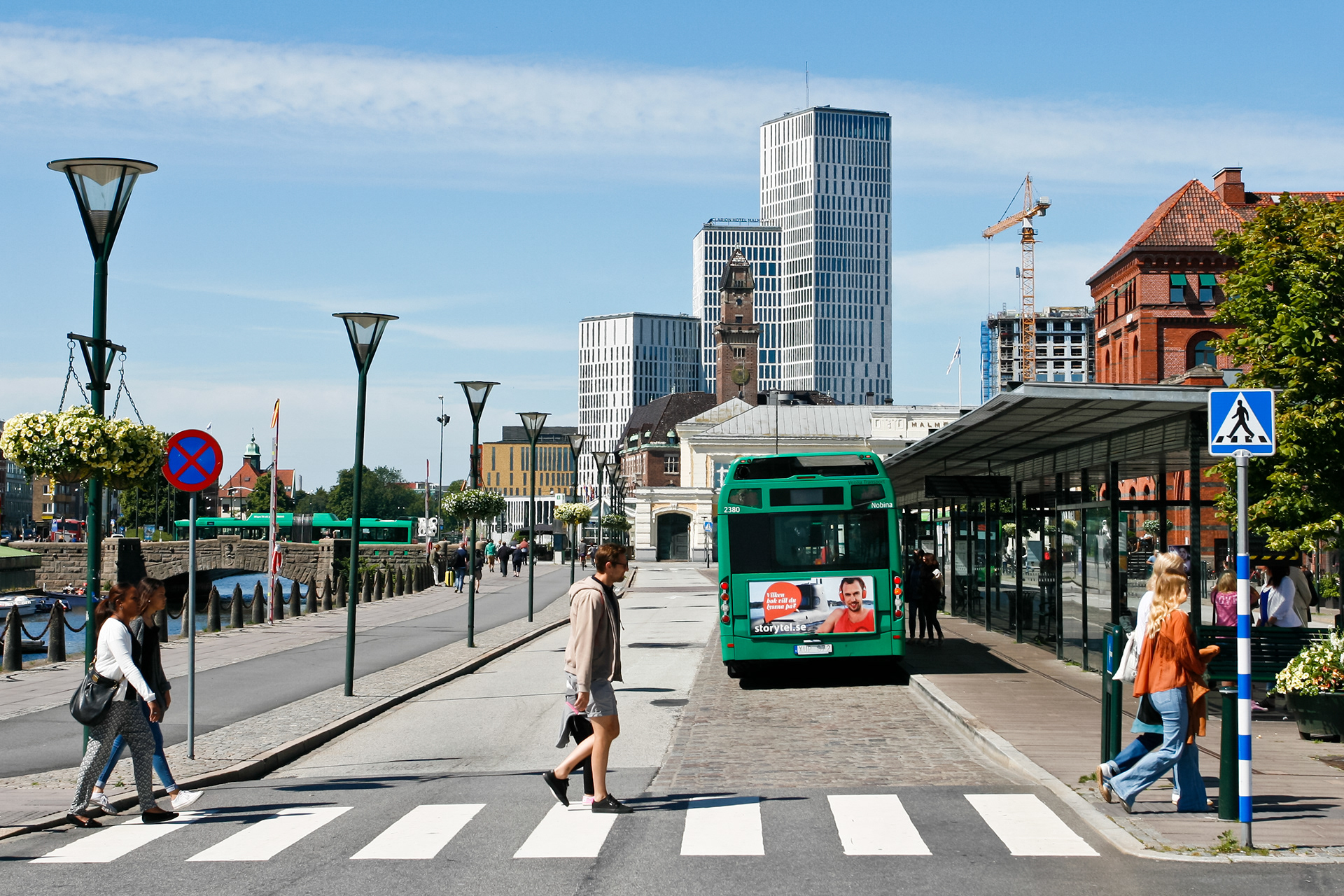
Towering 85 metres (278 feet) with 25 floors is the centre piece of the Malmö Live area, the Clarion Hotel & Congress.
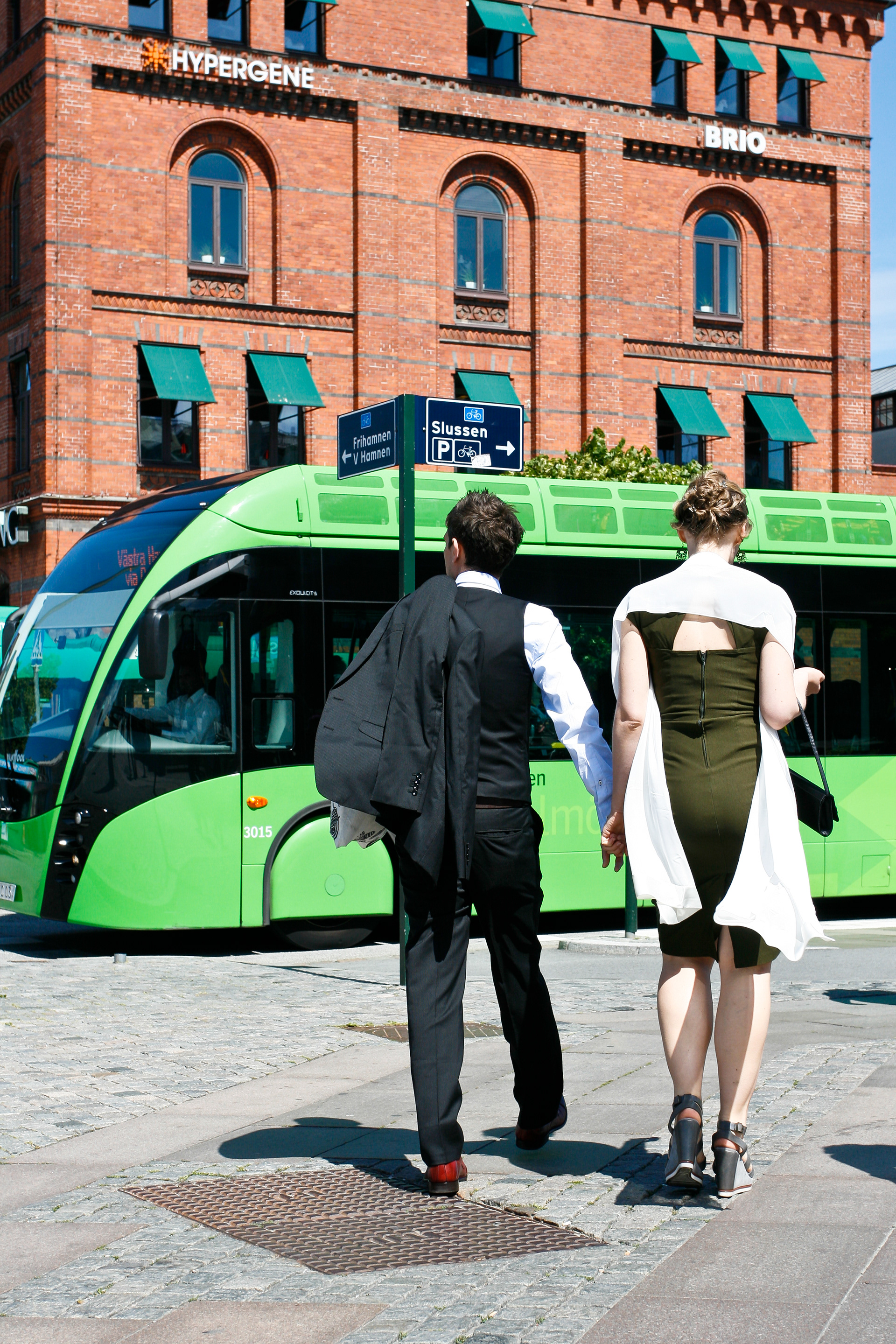
Introduced in 2014 are the extra long busses of Malmöexpressen (MEX). The 24 metres (79 feet) gas-electric "bus trams" are made by Van Hool in Belgium.
All photos in this series are taken at Jakob Nilsgatan at different times.

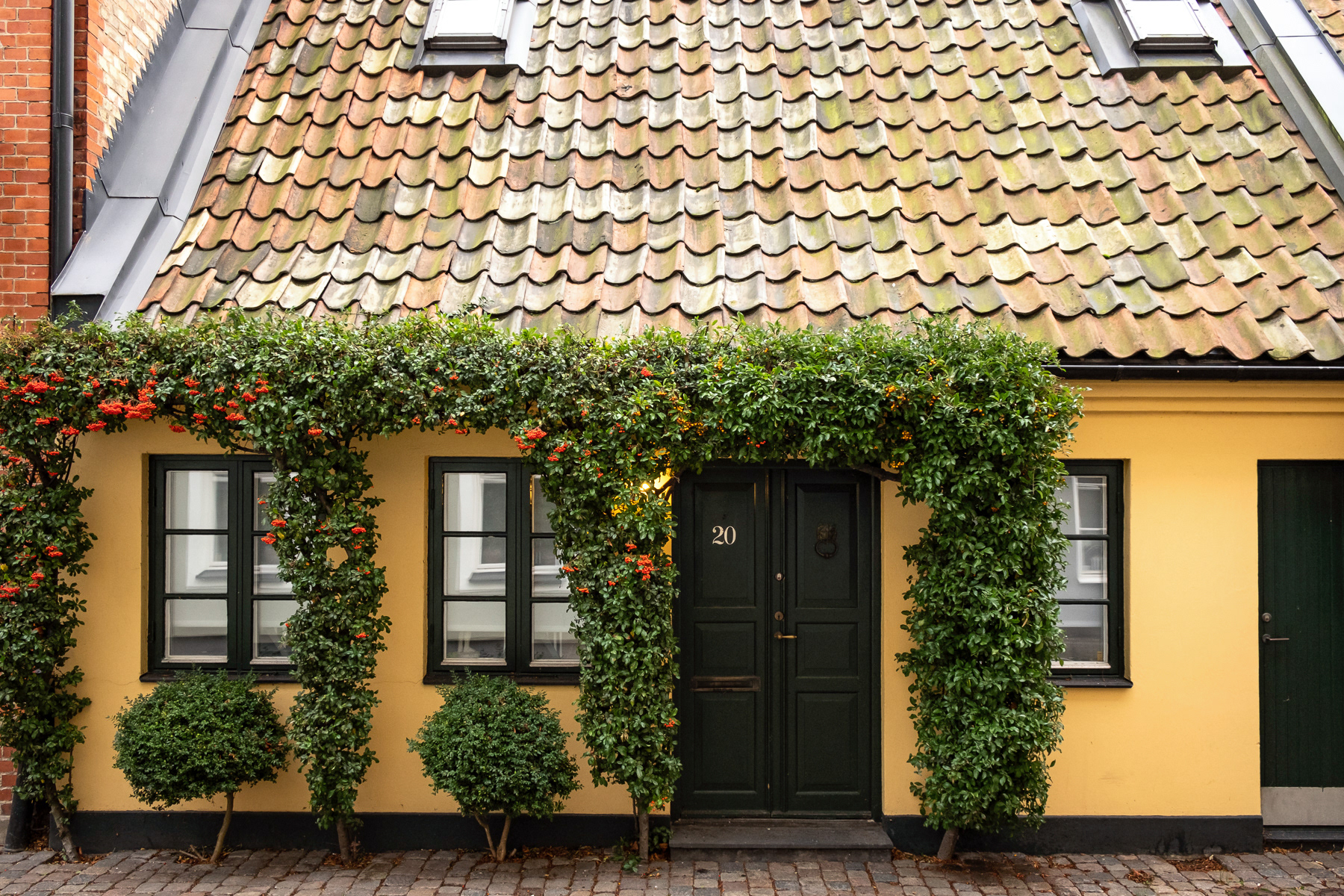
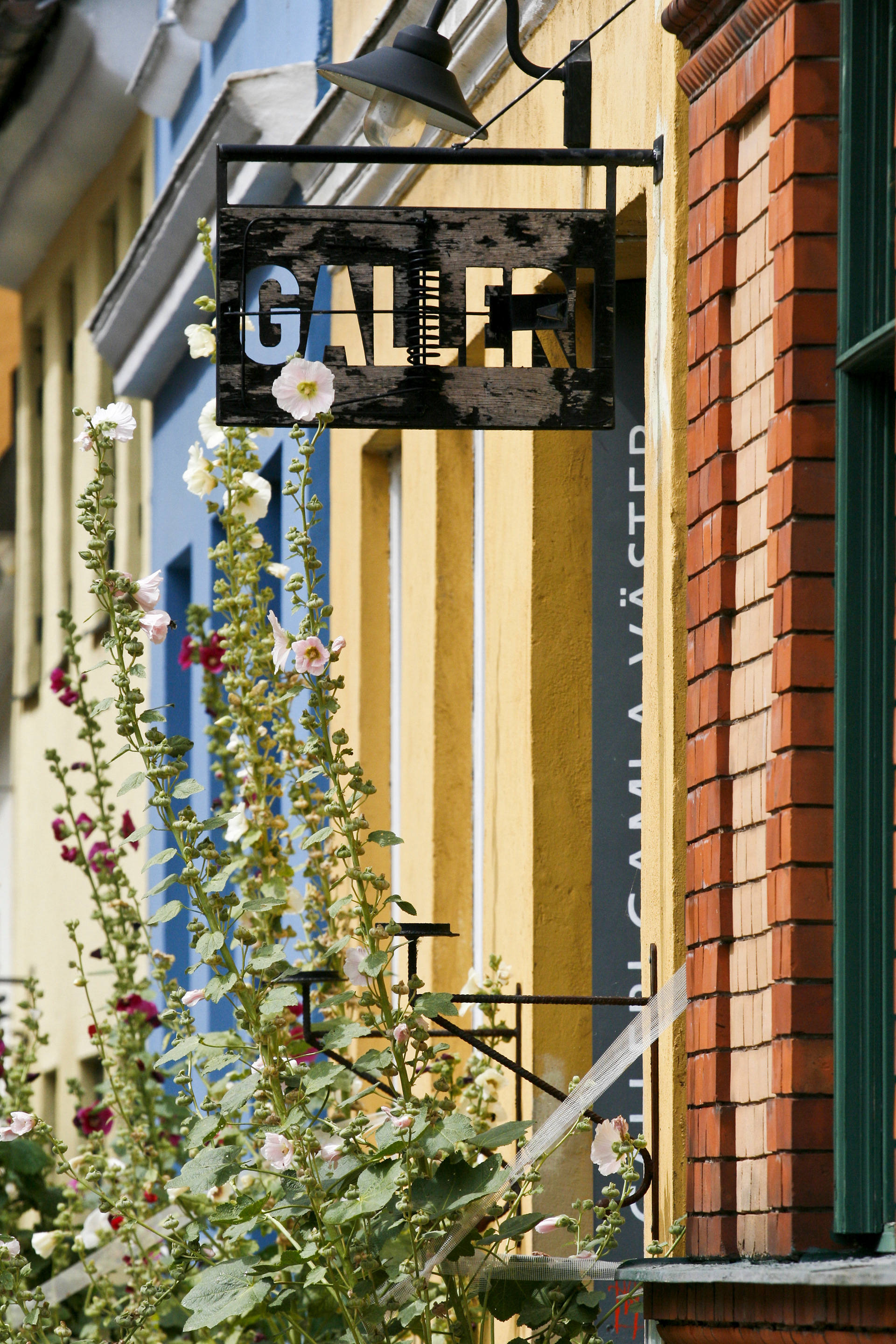
Wedding parties on the steps of the city hall are a common sight at Stortorget in Malmö. Photo from 2015.
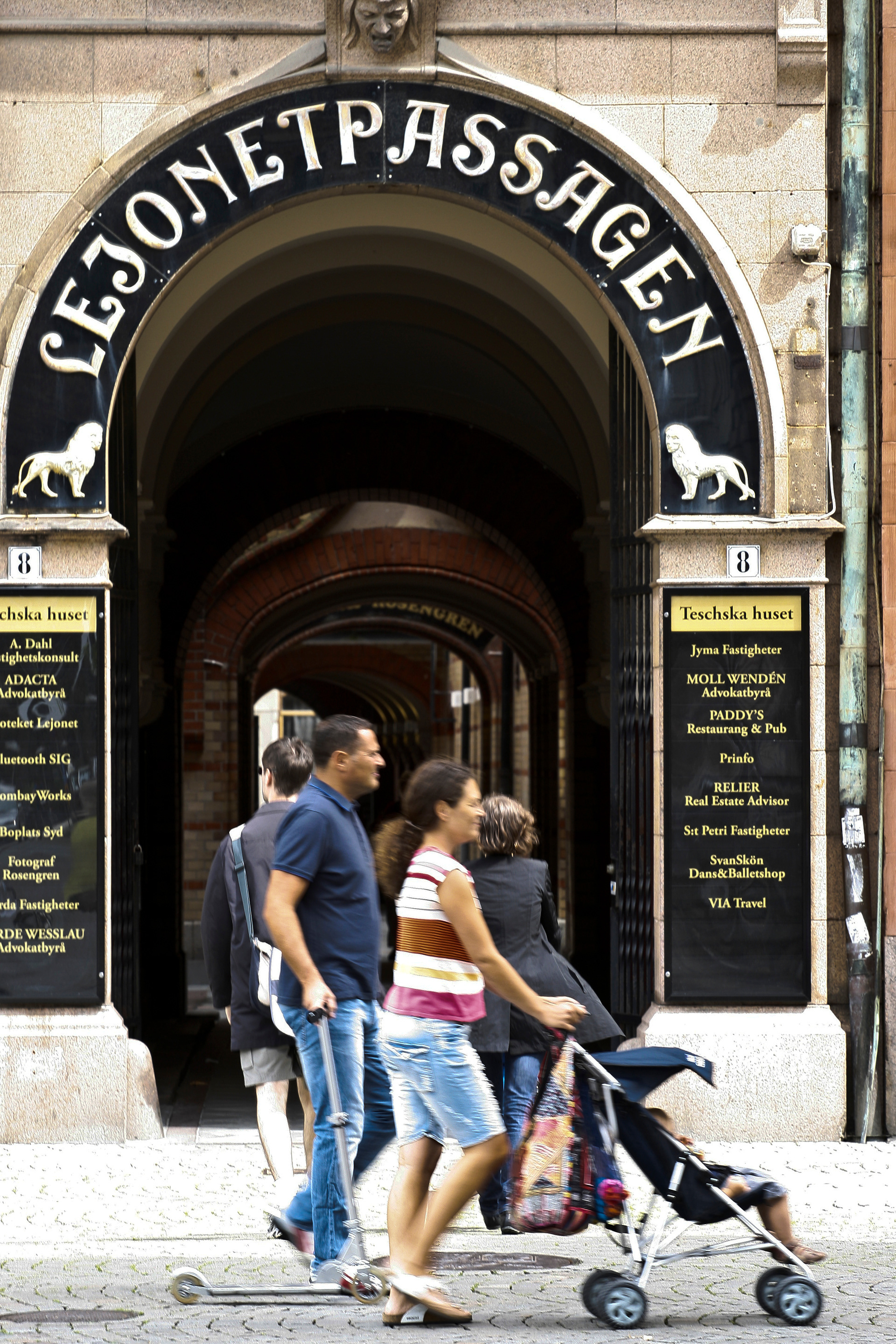
The Lion's Passage at Main Square
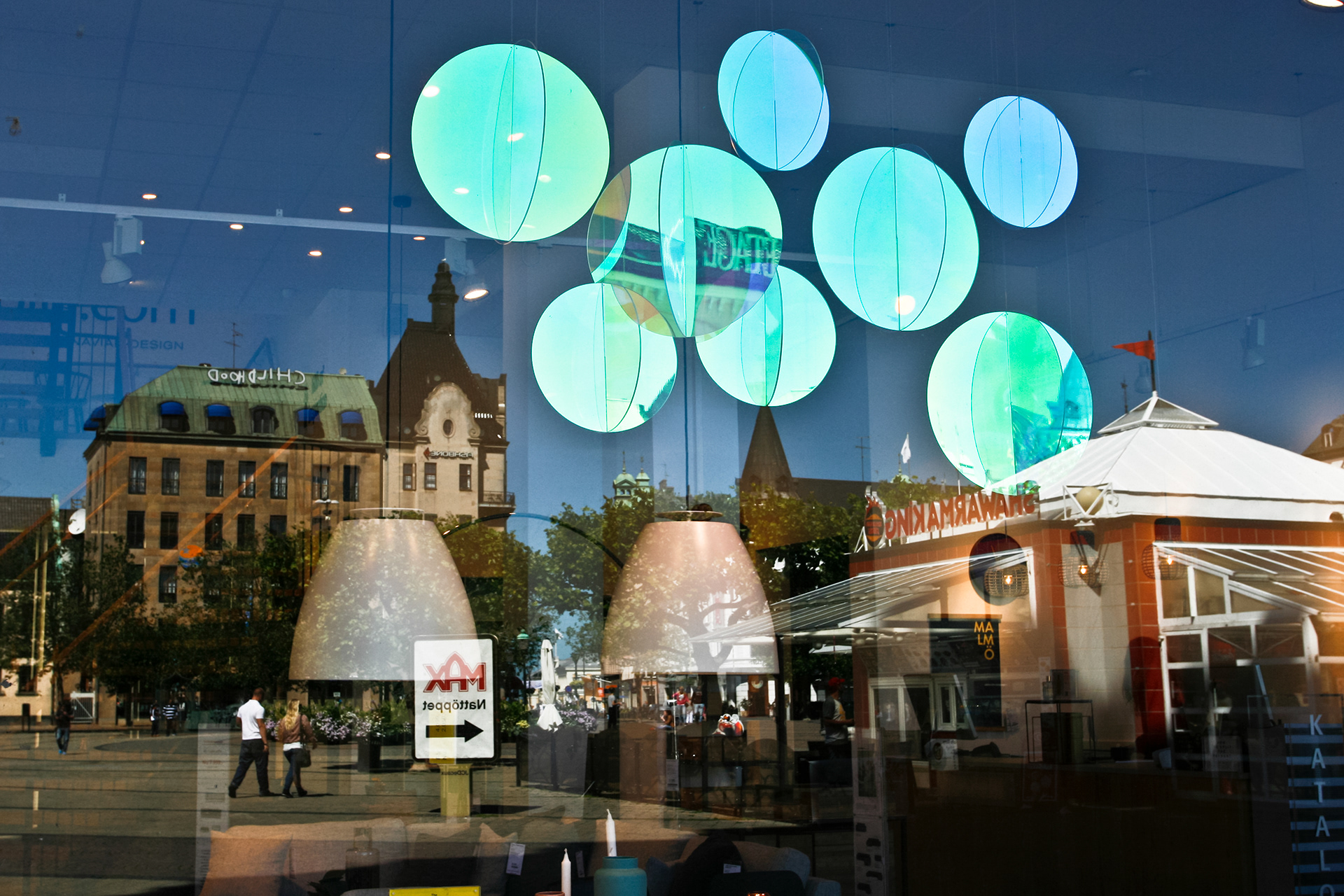
Reflections of Malmö's Main Square in 2015.
The Flensburgska huset from 1595, located a bit south of the Main Square, is one of the oldest buildings in Malmö that survived the onslaught by city planners during the 1970s and 1980s.
Flower stand on an autumnish Gustav Adolf's Square
Triangeltorget, the small square at the end of the main Malmö shopping street cluster that begins at Stortorget (main square) further north.
Holmgången is a cute shortcut a few hundred metres south of Gustav Adolfstorg.

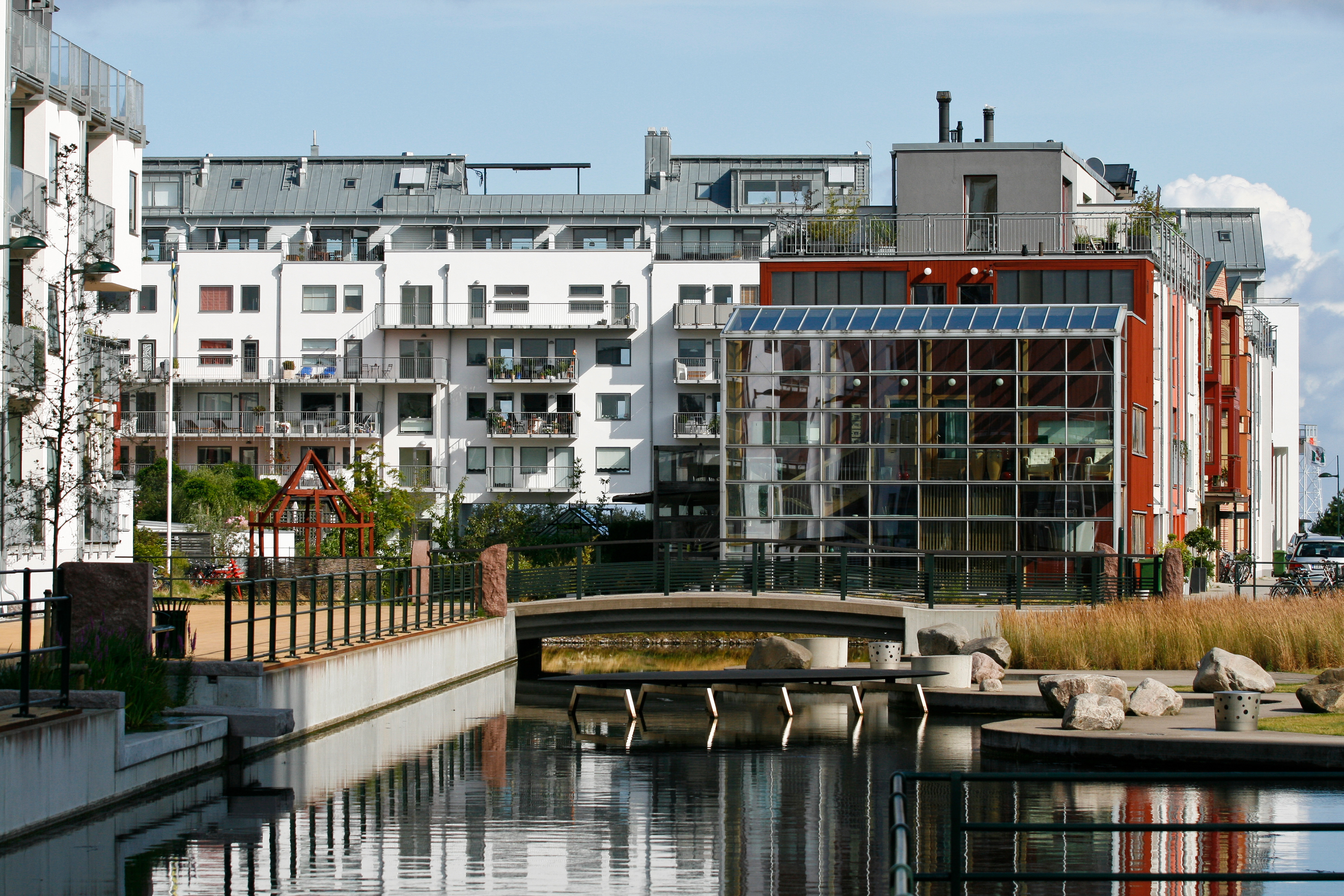
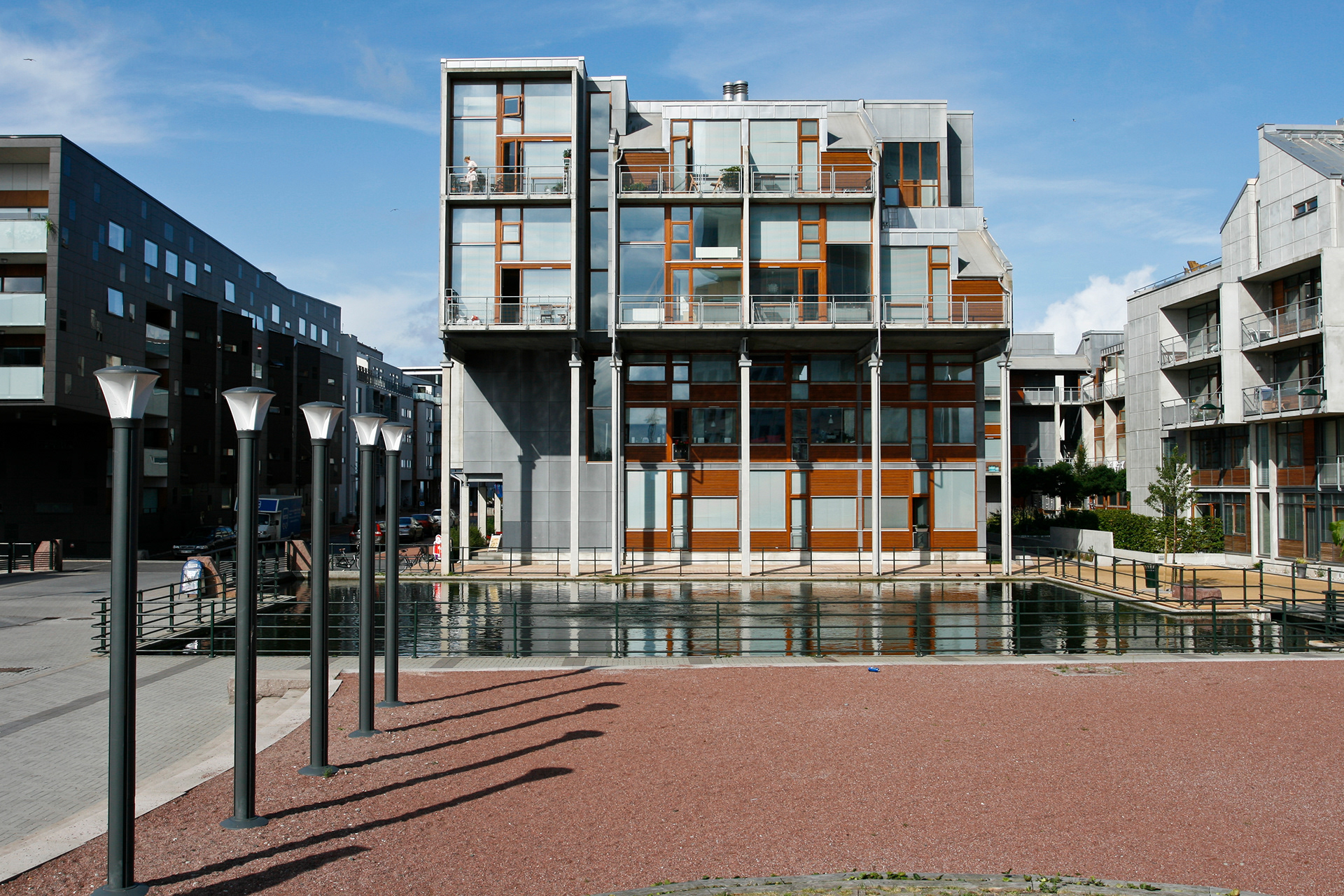



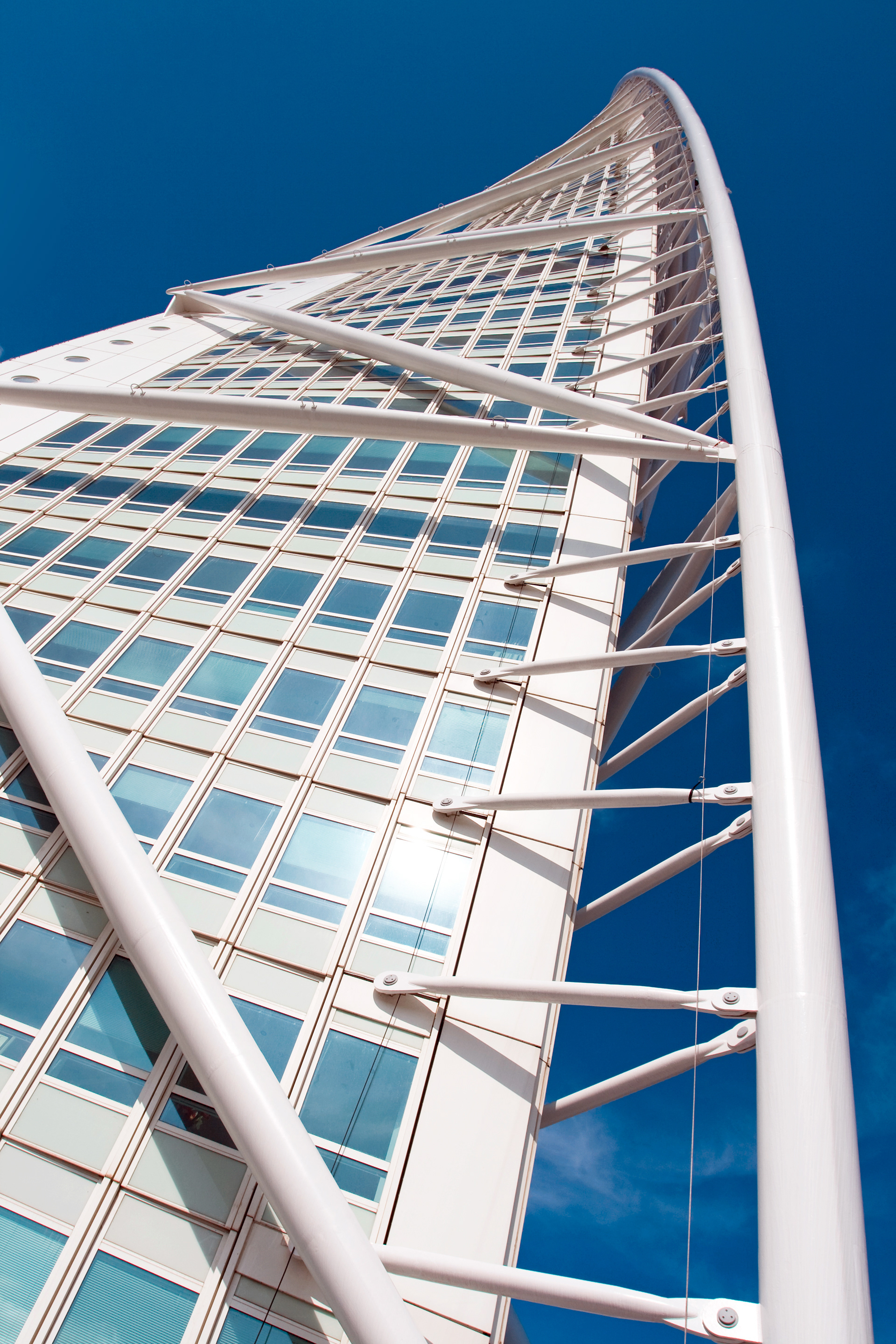
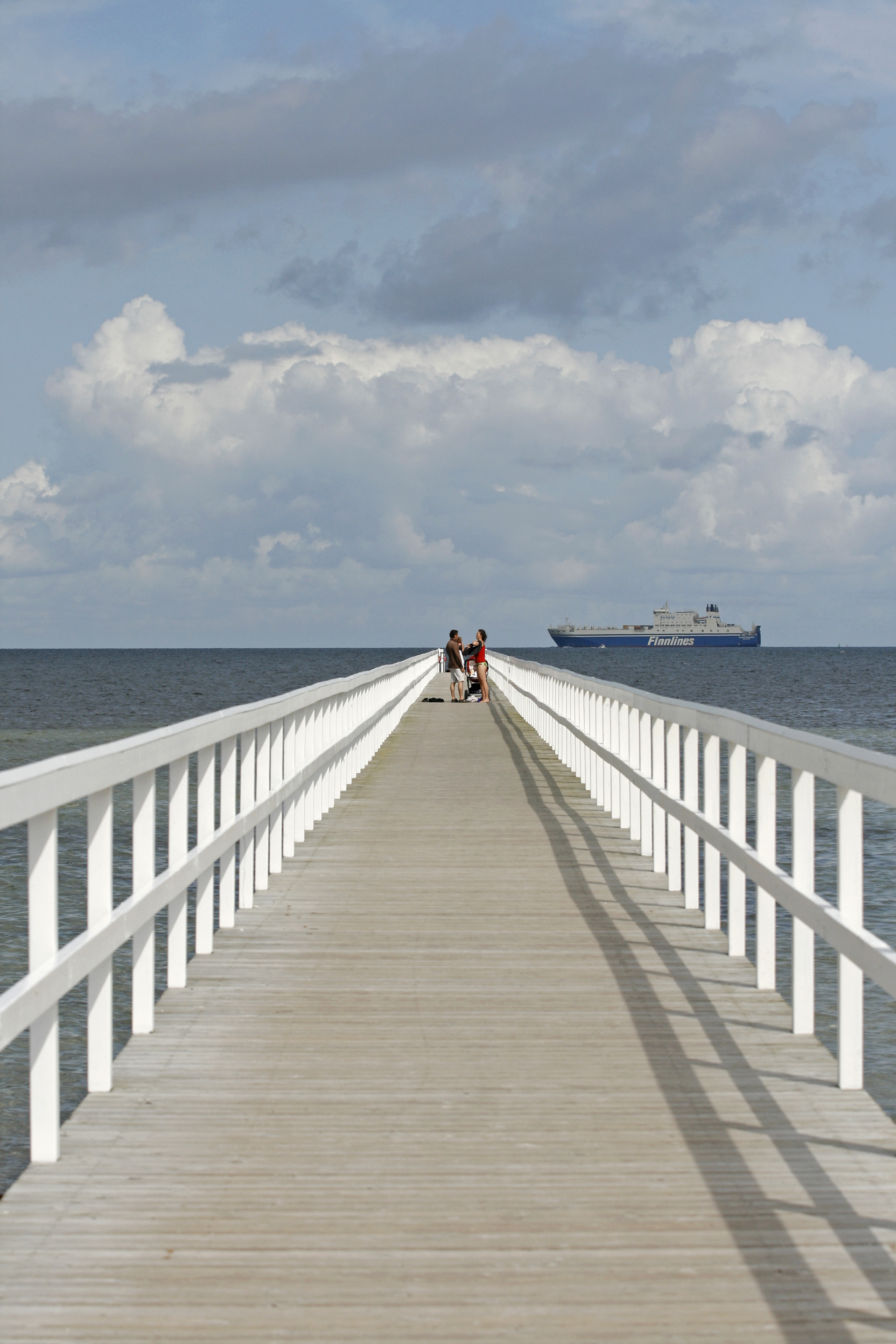
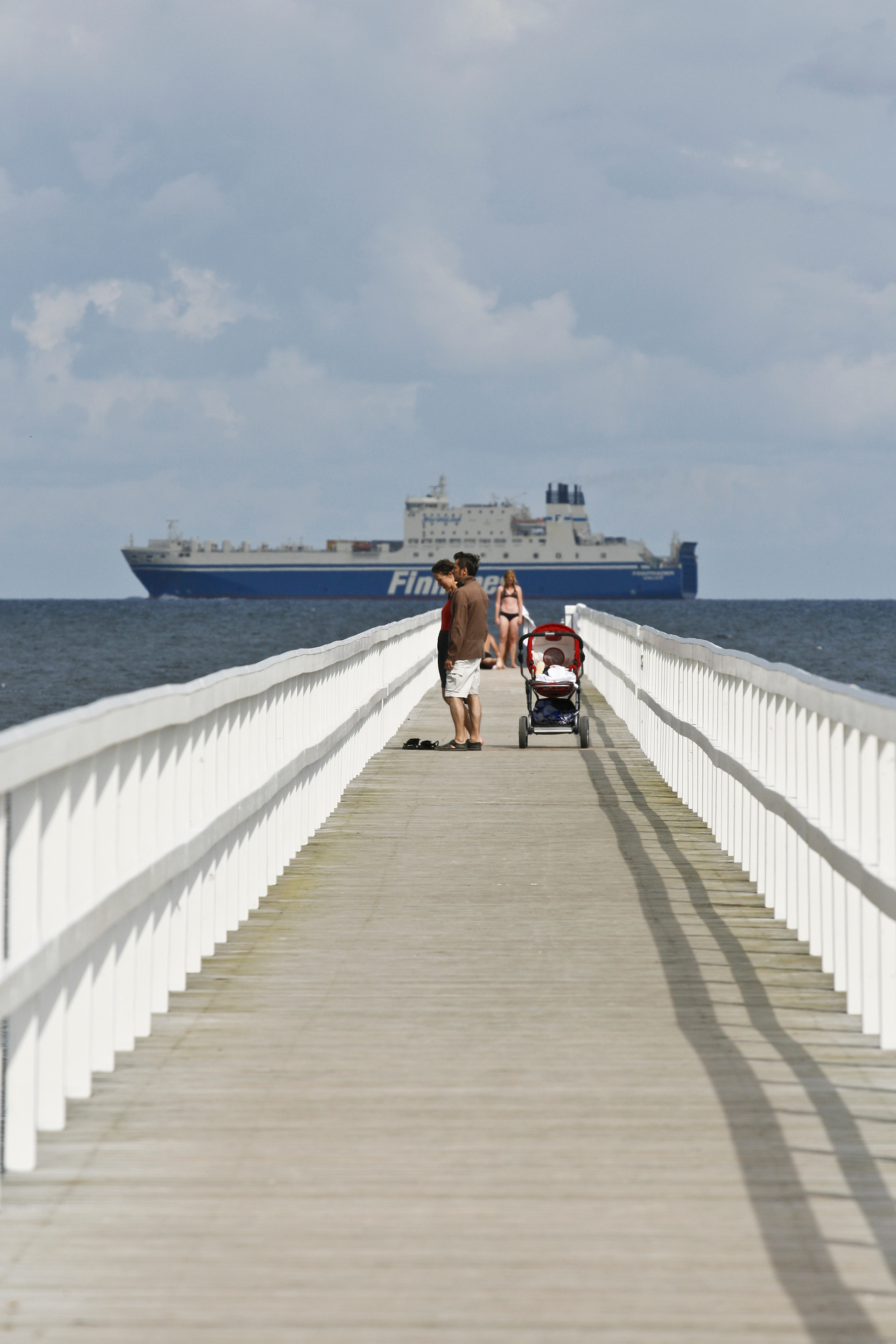
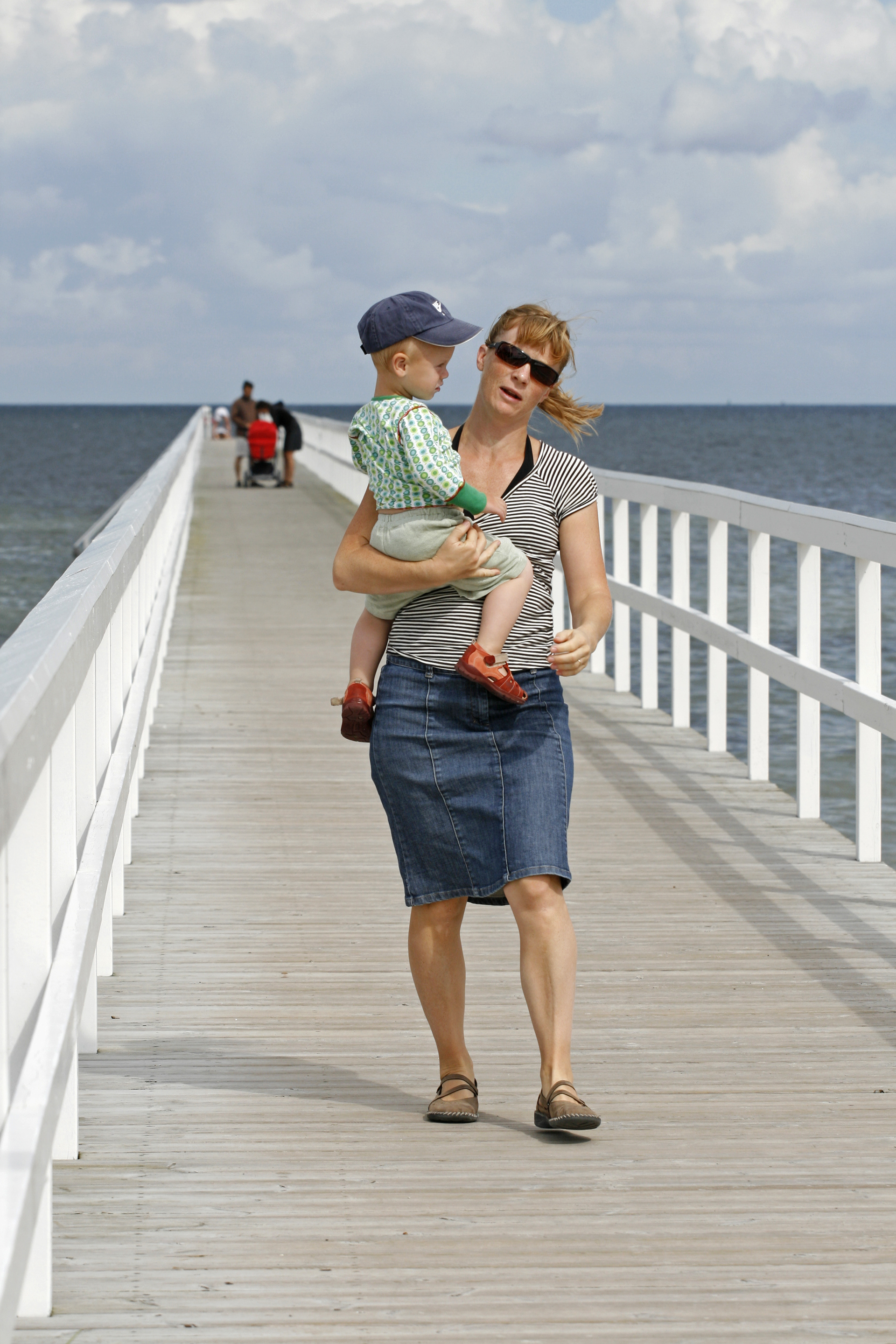

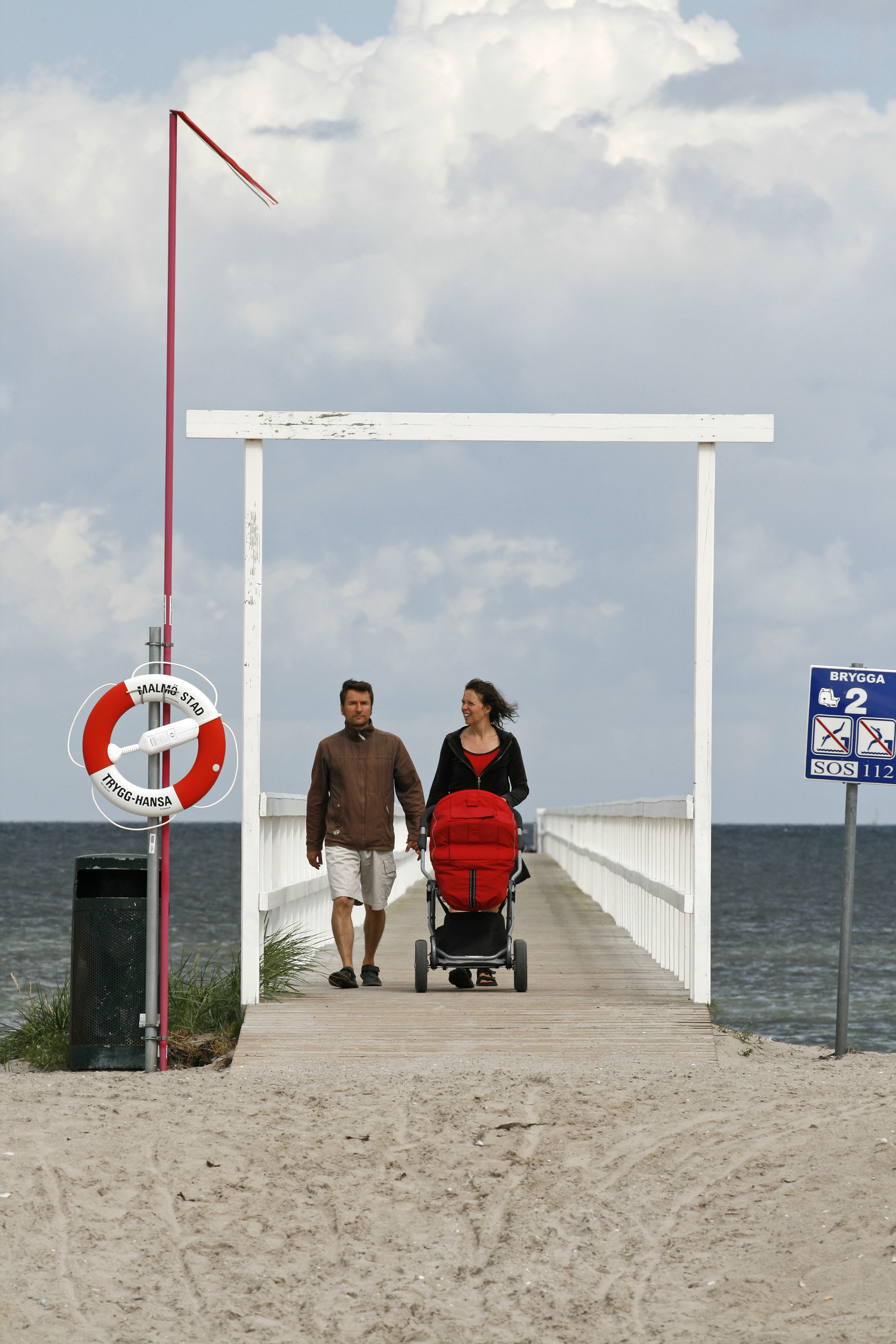

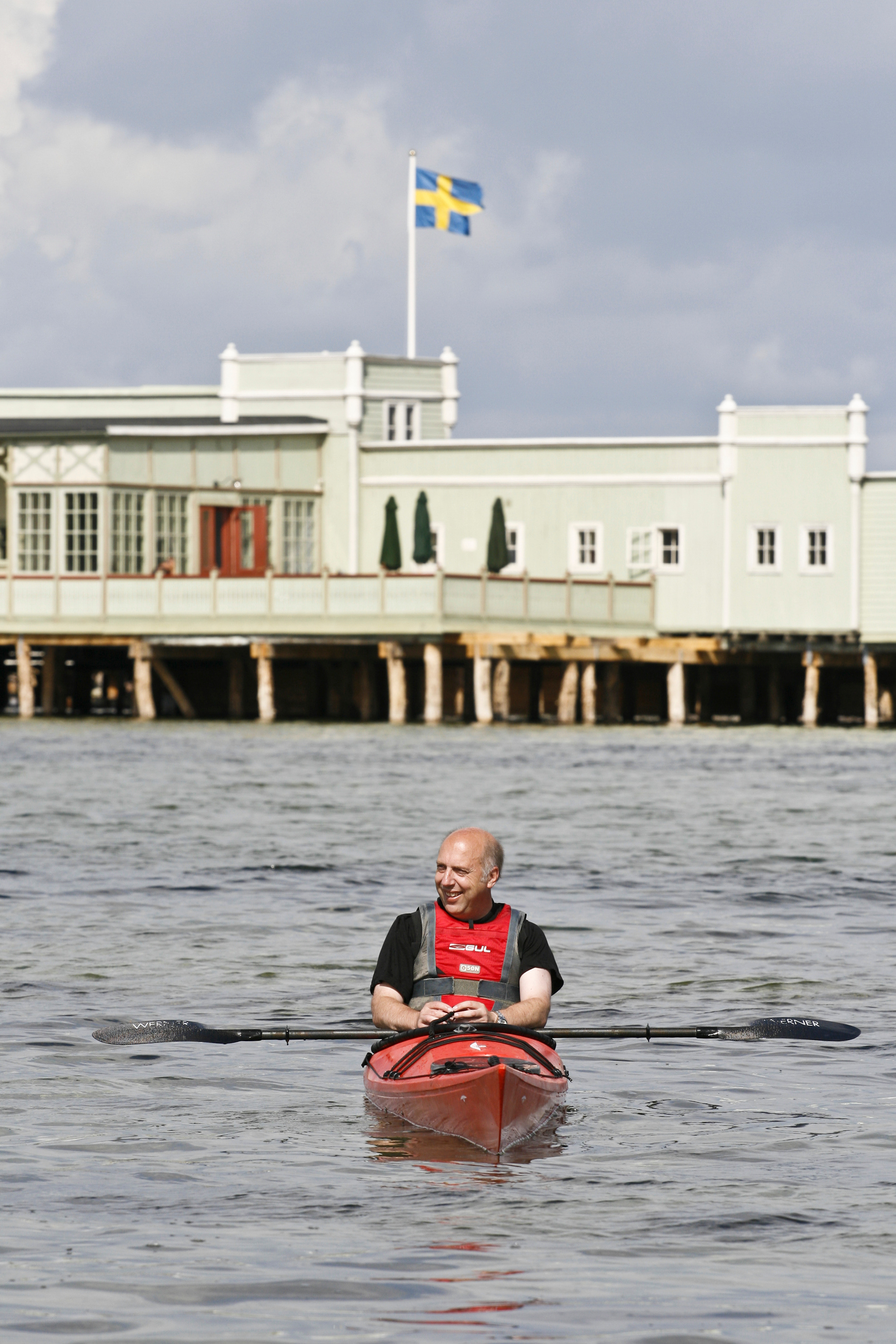
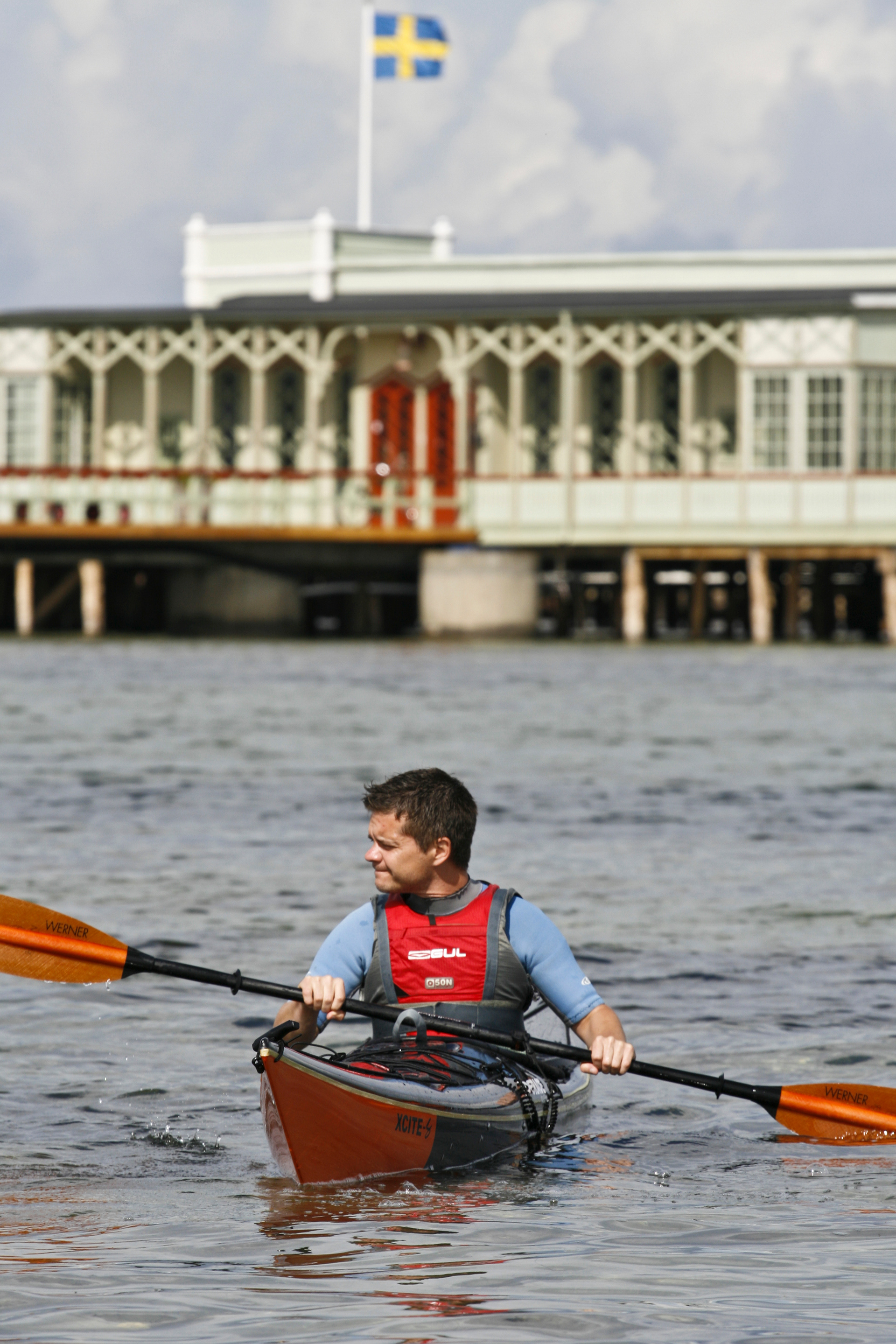
The Kallbadhuset (Cold Bath House) at Pier 1 of Ribersborgsstranden in Malmö.